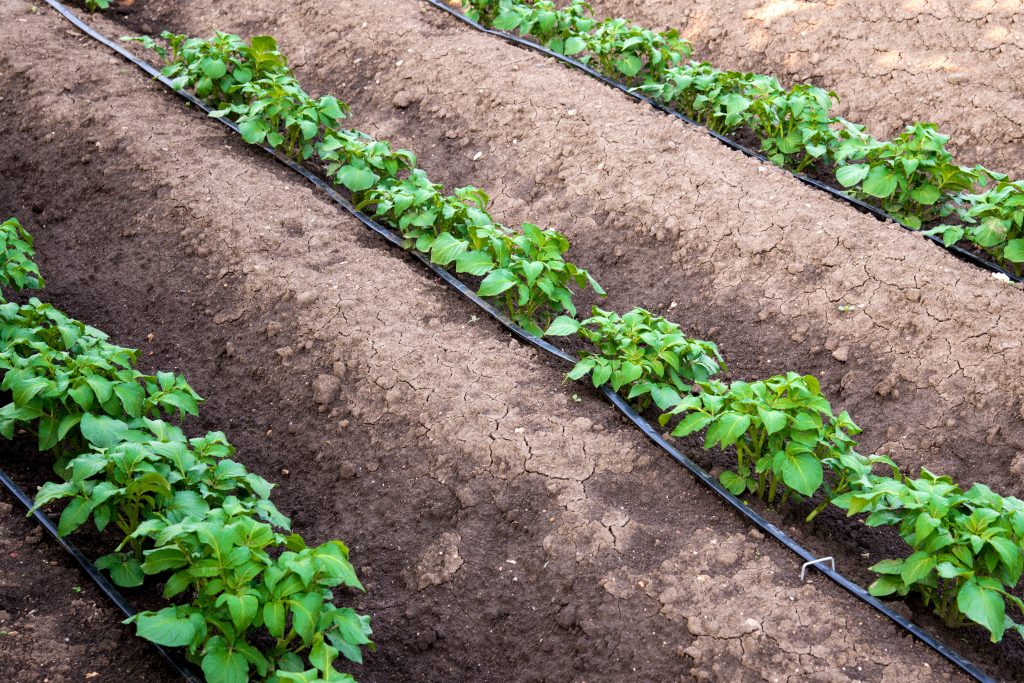
By Clint Thompson
The best irrigation scheduling strategies can save vegetable farmers water and help maintain or increase yields, says Andre da Silva, Assistant Professor of Vegetable Crop Systems at Auburn University.
He divides irrigation scheduling among six different ranks regarding implementation and effectiveness. Growers need to choose the best method to achieve the optimal results.
The recommended methods are those higher in rank. The crop water demand method, with a rank of 3, uses calendar-based scheduling according to previous seasons. Water is applied according to the crop evapotranspiration. However, it does not account for rainfall events.
The soil water status method, ranked 4, is based on soil moisture content, supplying a percent of soil-available water in the crop root system. It does account for rainfall events.
The final method with the highest ranking of 5 is the water budgeting method. Irrigation is based on water budgeted by accounting crop evapotranspiration and soil moisture in the crop root zone.
“Rankings 3, 4 and 5 are the ones that we usually recommend. You are applying water based off the crop water demand, which is ranked 3; or based on the soil water status method, which is ranked 4; or a water budget method where you account the crop water demand and the soil water status method, which is ranked 5,” da Silva said.
What’s Not Recommended?
There are some scheduling methods that are not recommended, however.
The first method, with a rank of zero, is to irrigate whenever. There is no actual scheduling involved. The grower applies water whenever they feel it is necessary despite soil conditions and environmental factors.
The next method, with a rank of one, is the “Feel and Appearance” method. Producers apply water according to how they feel and compare sampled soils with photos.
The next method, with a rank of two, is the Systematic irrigation method. This is the most common method utilized by growers. Producers program their irrigation systems to apply water at certain times.
“This is okay, but most of the time, it does not account for rainfall events. It does not account for weather conditions,” da Silva said.









